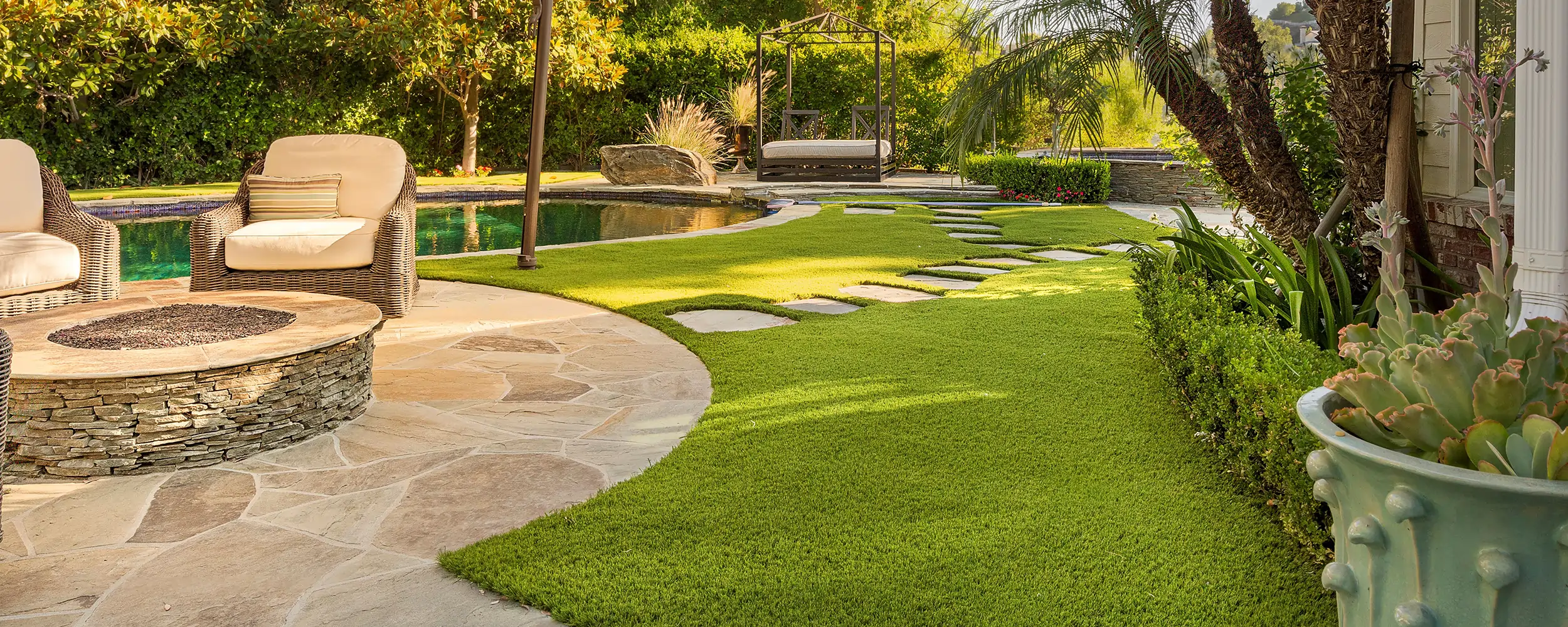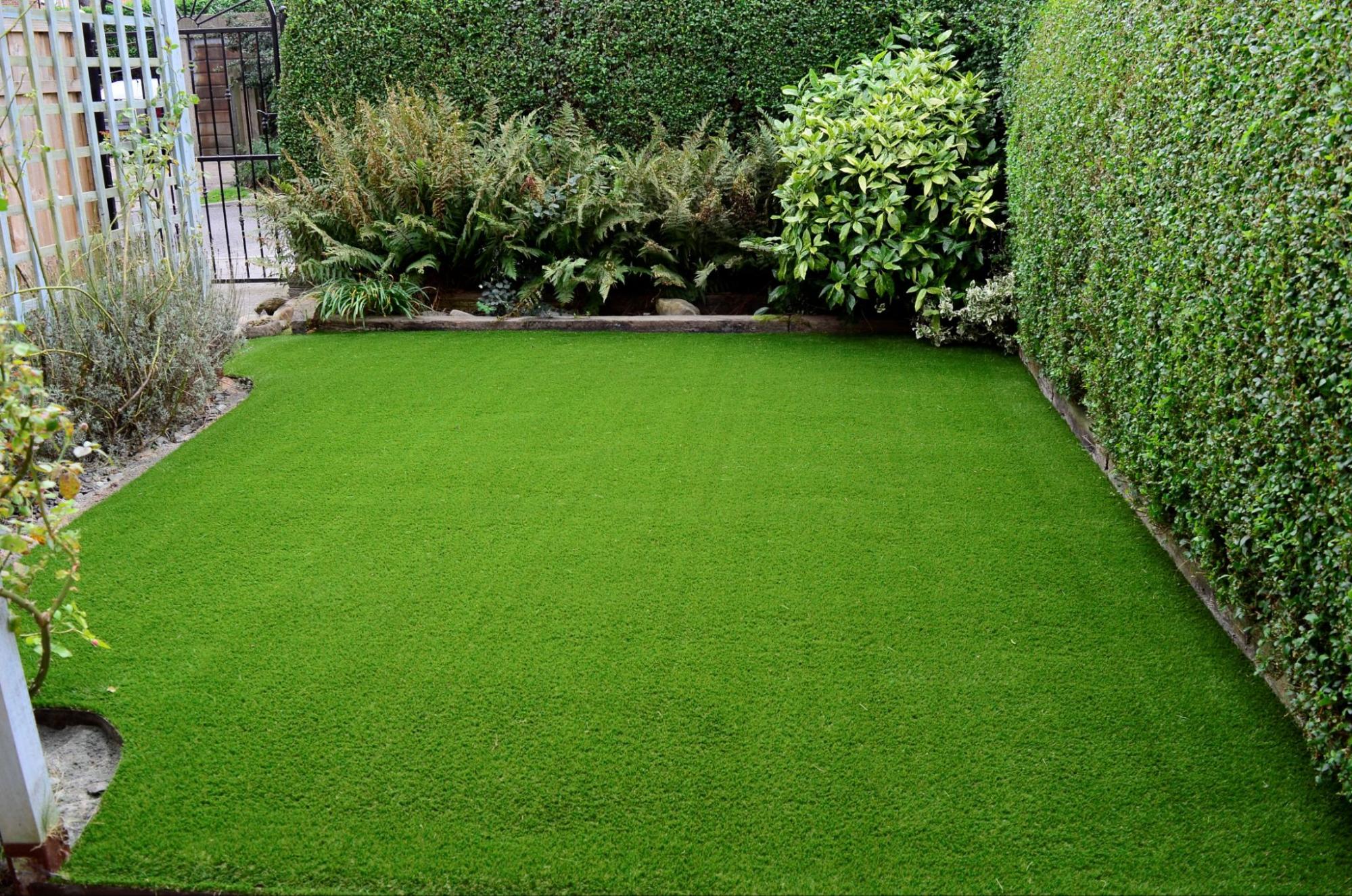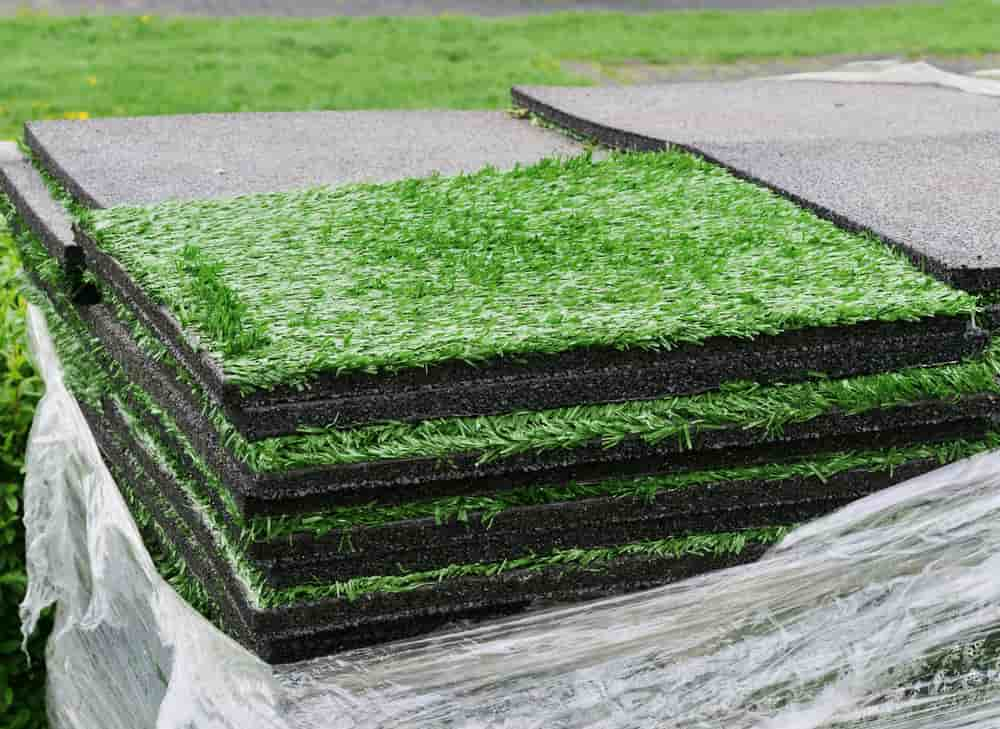Transform Your Yard with Expert Turf Installation Phoenix AZ Services
See Why Homeowners Prefer Synthetic Grass for Sustainable Landscaping Practices
As property owners progressively prioritize sustainability in landscape design, synthetic lawn has emerged as a compelling choice to standard grass. What stays to be explored is the full scope of advantages that man-made turf can use to home owners and the atmosphere alike.
Water Preservation Perks
Among one of the most considerable advantages of man-made lawn is its role in water preservation. Standard turf yards require significant quantities of water to maintain their rich look, typically bring about overuse of regional water sources, especially in dry areas. In contrast, fabricated lawn removes this need entirely, as it does not call for irrigation. This not only conserves water however likewise reduces the strain on community water supply, particularly throughout dry spell conditions.
Furthermore, the setup of man-made grass can add to a more lasting landscape. Property owners can significantly decrease their water bills, permitting for reallocation of resources to other ecological initiatives or family usages. Furthermore, synthetic grass is developed to stand up to various weather problems without the need for additional watering, making it an optimal option for areas dealing with water shortage.
The environmental benefits prolong beyond instant water cost savings. By minimizing water usage, synthetic grass aids to alleviate the impacts of climate modification, preserving crucial communities that are endangered by extreme water extraction. As sustainable landscaping practices gain grip, synthetic grass emerges as an accountable option for homeowners looking for to produce environment-friendly outside areas.
Minimized Upkeep Efforts
Synthetic turf considerably reduces upkeep efforts contrasted to conventional turf lawns. With synthetic lawn, home owners can eliminate the taxing tasks related to natural landscaping, such as mowing, fertilizing, and weeding. This not only conserves useful time yet additionally decreases physical labor, making lawn treatment available for individuals of every ages.
One of the most noteworthy benefits is the absence of normal mowing. Conventional lawns need regular cutting to keep a cosmetically pleasing elevation, whereas synthetic grass stays consistently rich without the requirement for cutting. Furthermore, home owners no longer require to use pesticides or plant foods, which are commonly required to maintain natural yard healthy and balanced. This shift not only lightens the workload yet likewise advertises a neater, a lot more uniform look year-round.
In addition, fabricated turf is durable and resilient, needing minimal upkeep past occasional cleaning and washing to get rid of debris. This convenience of upkeep allows property owners to appreciate their exterior areas without the consistent worry of upkeep, giving more time for recreation and household tasks. Ultimately, the lowered maintenance initiatives related to fabricated turf make it an attractive alternative for those looking for a low-maintenance, visually appealing landscape.

Ecological Influence Decrease
There is an expanding acknowledgment of the environmental benefits connected with synthetic grass, especially in terms of water preservation and minimized chemical usage. Standard lawns need substantial quantities of water, particularly in drought-prone areas, causing raised stress on local water sources. In comparison, synthetic grass gets rid of the requirement for irrigation, substantially lowering water consumption and promoting sustainability.
In addition, conventional lawn upkeep often involves the application of chemicals, herbicides, and plant foods, which can add to dirt and water air pollution. Synthetic grass alleviates this ecological hazard by needing click this site very little upkeep and basically eliminating the need for harmful chemicals. This not just improves dirt health and wellness however also secures neighborhood ecosystems from toxic drainage.
Moreover, the manufacturing of natural lawn lawns normally involves using nonrenewable fuel sources for cutting and landscape design devices, more adding to greenhouse gas exhausts. By selecting synthetic grass, house owners can considerably lower their carbon impact related to grass care activities.
Visual Charm and Flexibility
Along with its environmental advantages, artificial grass provides significant visual allure and flexibility for landscaping. House owners can attain a rich, green appearance year-round, eliminating the seasonal changes frequently related to all-natural lawn. This constant visual not only boosts the aesthetic allure of a property yet also adds to a well-kept and polished appearance.
Moreover, fabricated lawn is readily available in a range of styles, structures, and shades, permitting personalization to match specific preferences and design motifs - Arizona turf. Whether made use of in residential yards, industrial areas, or leisure locations, it can flawlessly incorporate into varied landscape design layouts, from contemporary minimal to lavish exotic settings
The flexibility of synthetic grass prolongs beyond mere look; it can be set up in different places, including roofs, patios, and also indoor spaces, developing possibilities for distinct landscape design options. Additionally, it appropriates for a variety of tasks, from children's backyard to pet-friendly environments, giving performance without endangering style.
Inevitably, the aesthetic allure and convenience of look at more info man-made lawn make it an eye-catching choice for homeowners looking for lasting landscaping options that do not compromise beauty for environmental duty.

Long-Term Expense Financial Savings
One of one of the most compelling advantages of fabricated grass is its possibility for my latest blog post long-term price savings. Unlike natural yard, which needs regular upkeep-- consisting of mowing, watering, feeding, and bug control-- fabricated grass dramatically decreases these recurring expenses. Home owners can save a significant quantity on water bills, particularly in areas where water deficiency is a pressing problem. The removal of grass care services additionally adds to economic savings, as there is no need for specific devices or labor.
In addition, synthetic grass has a lifespan of 15 to 25 years, depending on its quality and usage. This resilience reduces replacement costs, making it an extra affordable selection over time. In addition, the first financial investment in man-made grass can typically be recovered through the savings built up gradually.
While the in advance cost might seem greater contrasted to sod installment, the advancing savings from lowered upkeep and water usage usually exceed these initial expenses. Eventually, the fostering of man-made turf not just promotes a lasting landscaping remedy however also supplies property owners a financially wise option that straightens with long-lasting budgeting objectives.
Conclusion
Synthetic turf emerges as a compelling choice for sustainable landscaping, using substantial benefits in water preservation, lowered maintenance efforts, and diminished environmental impact. As communities increasingly prioritize environmentally pleasant techniques, the fostering of man-made grass represents a modern step toward attaining resistant and sustainable landscapes.
Furthermore, synthetic turf is designed to withstand numerous weather conditions without the need for supplemental watering, making it a perfect choice for areas dealing with water shortage. (Phoenix turf companies)

Man-made turf arises as a compelling alternative for sustainable landscape design, providing substantial advantages in water preservation, decreased maintenance initiatives, and decreased ecological impact.